In today's world, you'll have a hard time finding true wilderness. Many of the places that look wild are actually severely altered and eroded underneath the surface. Scotland is a good example. It’s been voted the world's most beautiful country in a number of polls. There's no denying its beauty, with its impressive mountain vistas and crystal clear lochs. But, look deeper and you'll find degraded landscapes and fragile ecosystems. Today, pioneering projects across Scotland are working to heal these ecological wounds and restore wilderness to these impressive landscapes. With some of the finest examples in Europe, Scotland is the perfect place to explore the wonderful world of rewilding.
An Ancient Wilderness
Historically, much of Scotland was covered in forest. The Romans even gave it the name Caledonia, meaning 'wooded heights'. Swathes of Scots pine, birch, rowan, aspen and juniper covered the landscape and gave life to the vast Caledonian woodlands. The Celtic rainforest on the west coast was home to spectacular oak and birch trees that grew from a rich green carpet of mosses, ferns and lichens. Lush meadows, thriving wetlands and peat bogs, and vibrant dunes and coastal habitats flourished. Scotland's most iconic and rare wildlife, like the capercaillie and wildcat, were widespread and they lived alongside a diversity of species no longer found here. Lynx, wolves and wild boar once roamed this wild landscape. Since then, a combination of deforestation, overgrazing, persecution and climate change has transformed Scotland into a shadow of its former self. It has lost huge expanses of forest and many species have disappeared altogether.
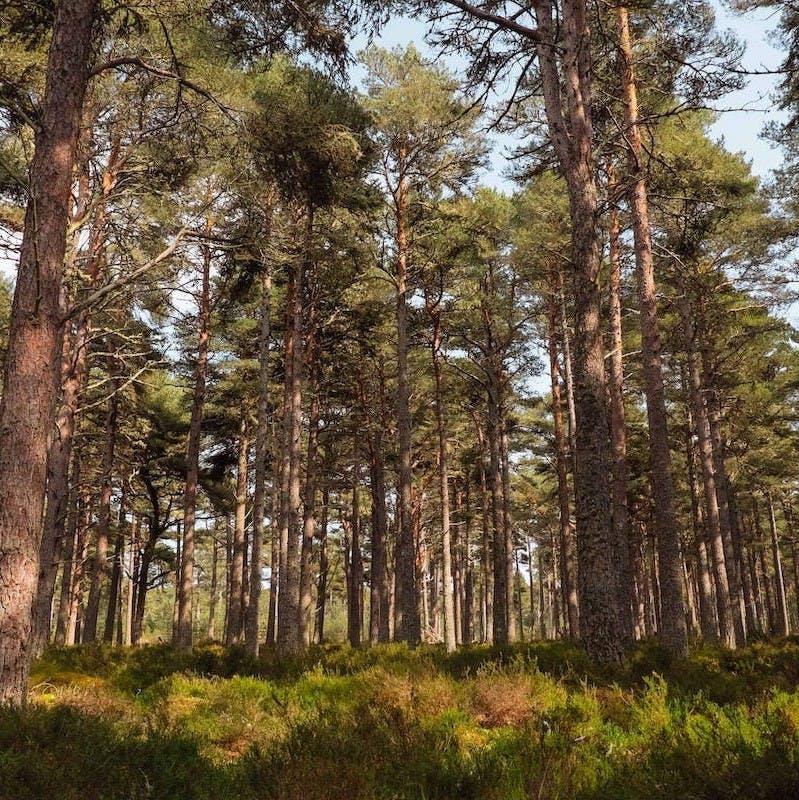
Ecological Devastation
Over many centuries, felling for timber and farmland, combined with high densities of sheep, cattle and wild deer has had drastic ecological consequences for Scotland's woodlands. In the 1700s, large scale sport shooting and sheep grazing began to leave its mark on the landscape. Overabundant herbivores and over grazing, alongside regular burning, prevented woodlands from naturally regenerating, causing soil erosion, soil acidification, flooding, biodiversity loss and more. Sheep numbers have declined rapidly in Scotland in recent years, but deer management has been largely unsuccessful and red and roe deer numbers continue to increase. Deer are still a major ecological problem limiting the regeneration and expansion of woodland in almost all parts of Scotland. With all of their natural predators (lynx, wolves and brown bears) absent from the landscape, winter mortality and shooting are the only controls on deer numbers.
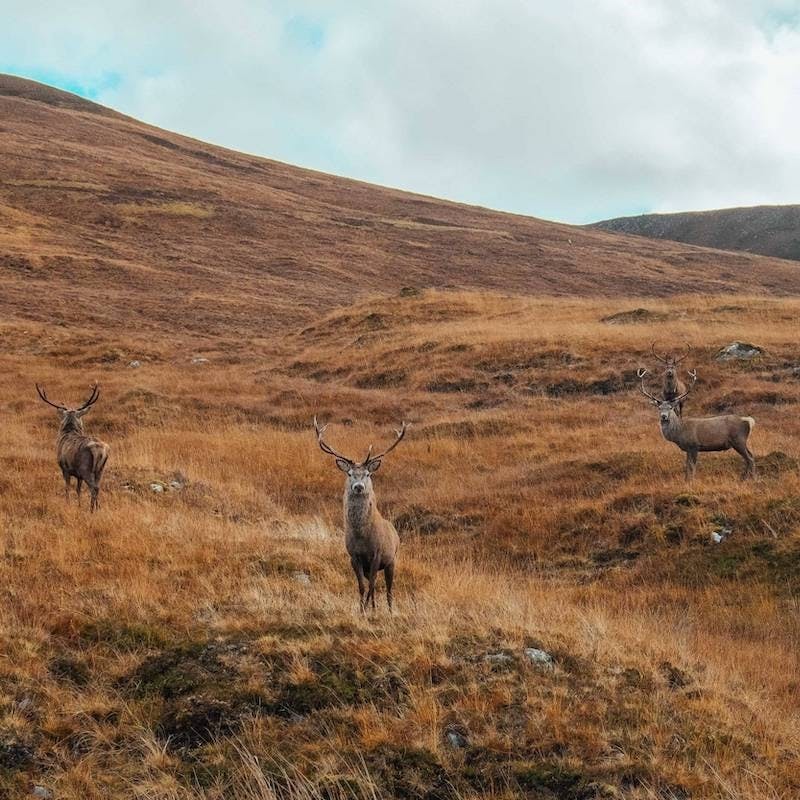
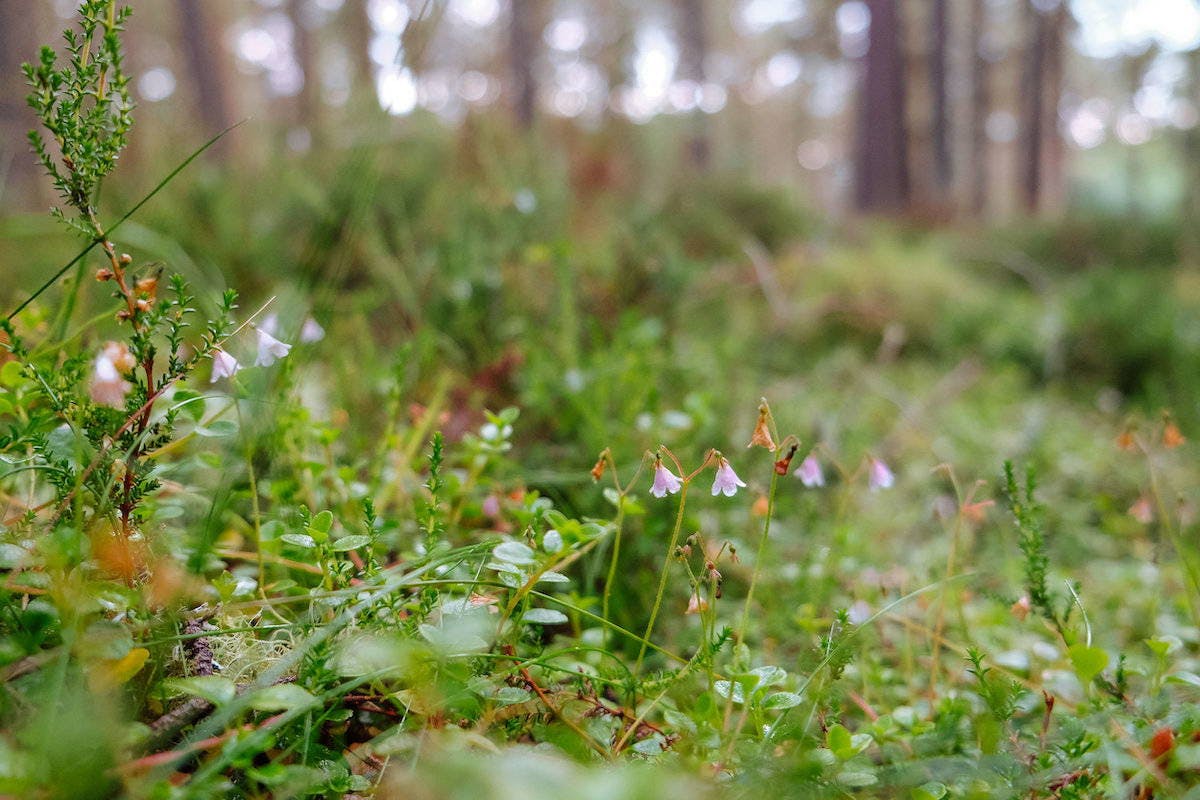

Take action now
Do you want to have a direct impact on climate change? Sir David Attenborough said the best thing we can do is to rewild the planet. So we run reforestation and rewilding programs across the globe to restore wild ecosystems and capture carbon.
Get involvedRestoring Ecosystems
Today, things are beginning to change once again, this time for the better. Baby Scots pine are recolonizing bare landscapes, red squirrels and pine martens are moving back into lost territory, and rare wildflowers and blaeberry are growing strong in patches of relict pinewood. These changes are being brought about by pioneering rewilding projects across Scotland. Initiatives like Trees for Life and Cairngorms Connect are some of the finest examples of habitat restoration in the UK. Private estates like Alladale Wilderness Reserve and Glenfeshie are also rejecting the traditional deer stalking culture, where management is aimed at maximising deer numbers for sport hunting, choosing to dramatically reduce deers numbers in the name of habitat restoration. With extra help from protective fencing and active planting, tree seedlings now carpet these glens once more.
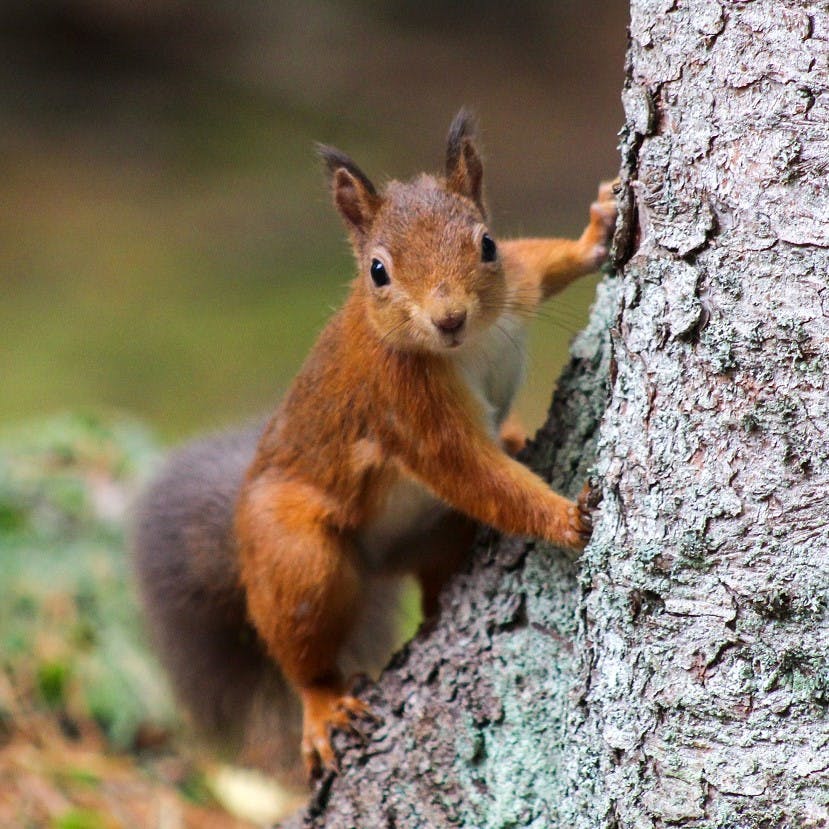
Reintroducing Species
Habitat restoration is a huge part of the rewilding Scotland movement, but it's not all. Considerable efforts are being made to conserve existing populations of wildcats, pine martens and other rare species. Through reintroductions, previously absent species, like the sea eagle, are making a comeback. The idea of returning apex predators, like lynx and wolves, has also entered the rewilding narrative. With a full complement of keystone species, like apex predators and ecosystem engineers, we could give nature the tools to thrive once again in a rewiled Scotland.
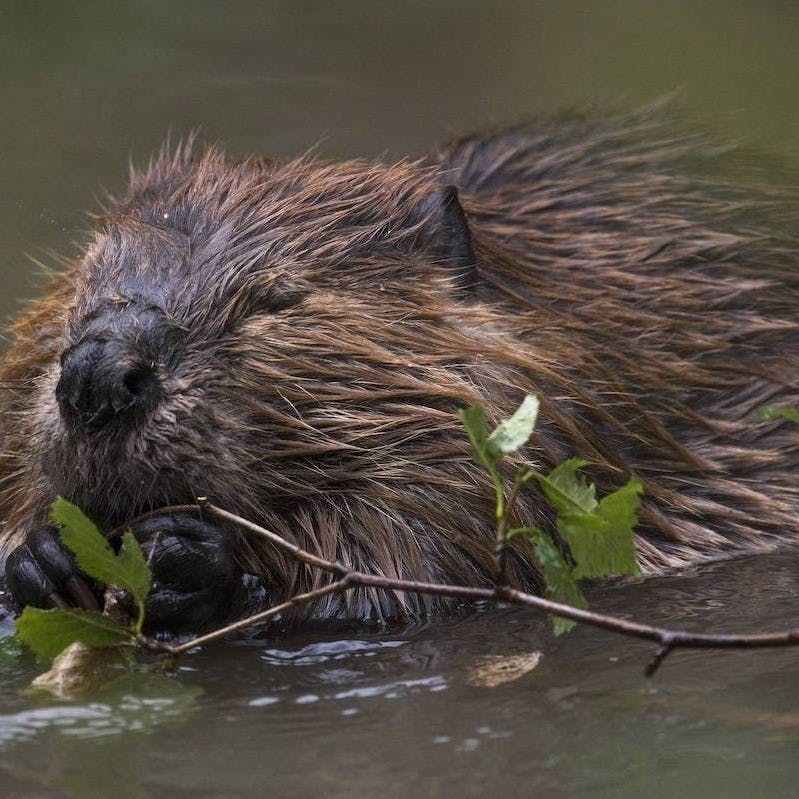
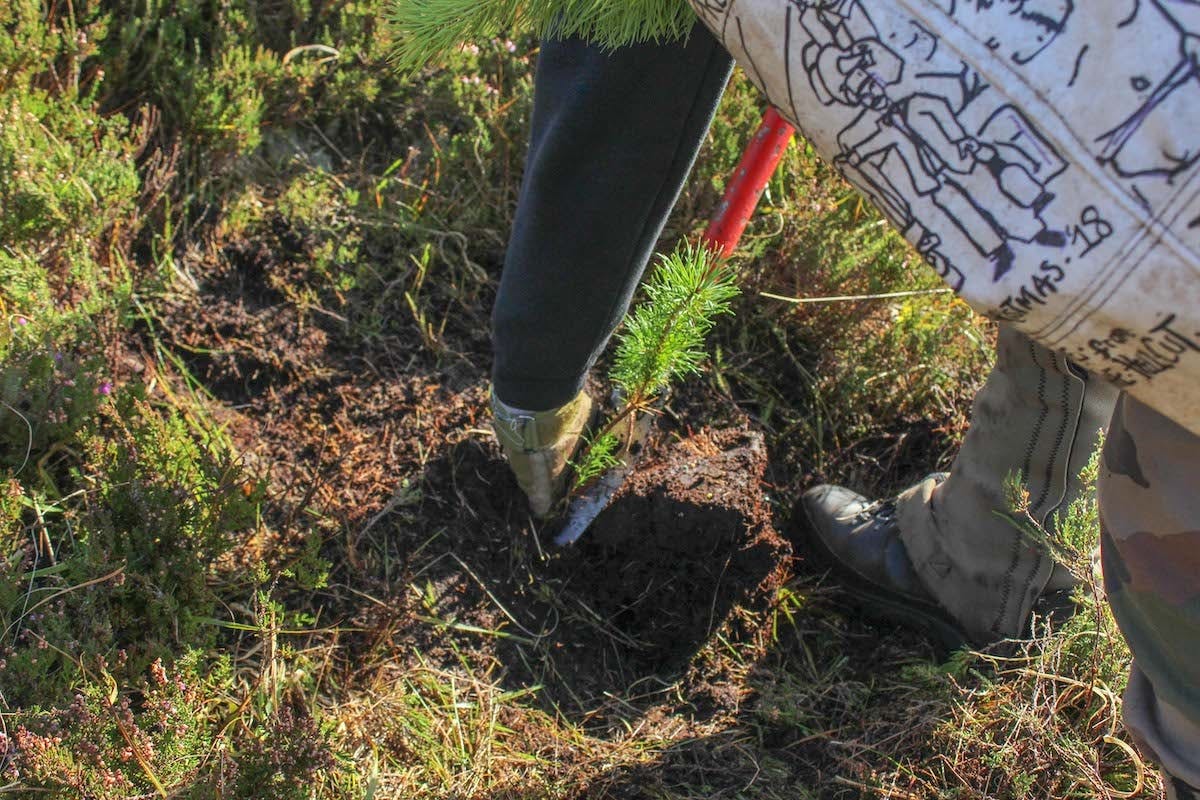
Reasons for Rewilding Scotland
Reversing Climate Breakdown
With warming temperatures and extreme weather events more common than ever, Scotland offers an important opportunity to help combat the breakdown of the planet's climate. By planting trees and restoring forests, we can keep carbon stored in trees and out of our atmosphere. Peatland ecosystems are also a hugely efficient carbon sink. Though many peatlands have been actively dried out for exploitation, for example, to plant commercial conifer plantations, re-wetting this important ecosystem will help recapture huge amounts of carbon.
Reconnecting People with Nature
Protecting Scotland's natural world and creating a wilder Scotland doesn't mean removing people from the land. Thanks to the 'right to roam' law, Scotland's landscapes are accessible to everyone and they are enjoyed by an ever-increasing number of people. By restoring ecosystems to their full potential, we can all enjoy a wilder, richer and more vibrant natural world.

A wildlife refuge
Scotland is a refuge for species that are absent from England, Wales and Ireland and a stronghold for otherwise rare species. Capercaillie and wildcats have been entirely lost from the rest of the United Kingdom, but can still be found in small populations in Scotland. Rare species like the pine marten and red squirrel are thriving in the Caledonian pinewoods that carpet Scottish glens. These forests are also home to the Scottish crossbill, the UK's only endemic bird species. Restoring these vital habitats is vital to bring these species back from the brink and safeguard the future of the UK's iconic wildlife.
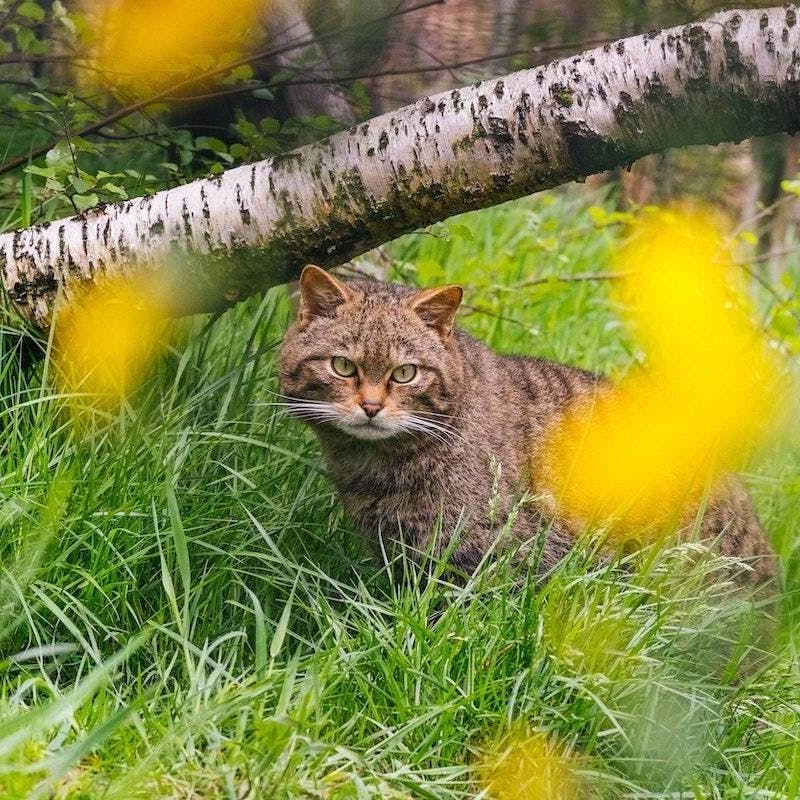
Join the Rewilding Scotland movement
Today, Scotland's land and ocean habitats are already a little bit wilder and that's worth celebrating. But, we must do more. With such wonderful changes already happening, there really is no better time to join the rewilding Scotland movement than now. If you’d like to see beavers back in Scotland’s rivers, wildcats denning in pine forests and ospreys patrolling the skies, you’re in good company. A wilder future for Scotland is entirely possible.
How to get involved
- Sign up to Scotland The Big Picture newsletter or become a member
- Support organisations playing an active role in Rewilding Scotland (Alladale Wilderness Reserve, Mossy Earth, Trees For Life, Cairngorms Connect)
- Spread the word and share this article
Mossy Earth’s efforts in Scotland
Since 2019, we’ve been working in Scotland to restore woodlands and rewild the landscape. We are planting native trees like Scots pine and downy birch and some particularly rare trees like crab apple and aspen. In doing so, we're providing vital habitat and food for species like red squirrels, pine martens and crested tits. We’re also supporting native species like golden and white-tailed eagles, Atlantic salmon and mountain hares through direct conservation action. While our work is on-going, we have already successfully constructed two artificial nest platforms to provide safe nesting sites for rare eagles.

Sources & further reading

- “Rewilding – A new paradigm for nature conservation in Scotland” - Taylor & Francis Online
- “Rooting for Rewilding: Quantifying Wild Boar’s Sus scrofa Rooting Rate in the Scottish Highlands” - Wiley Online Library
